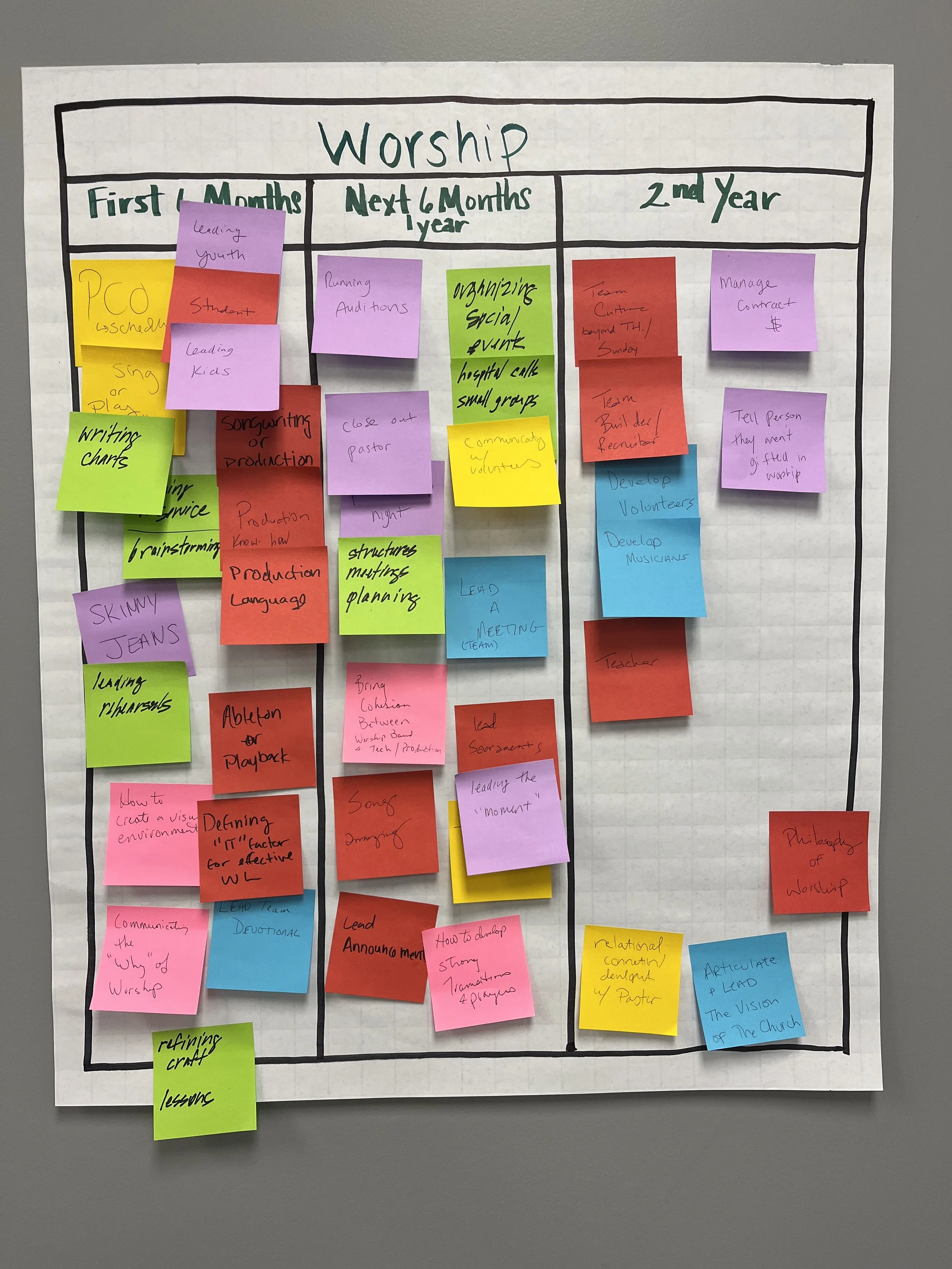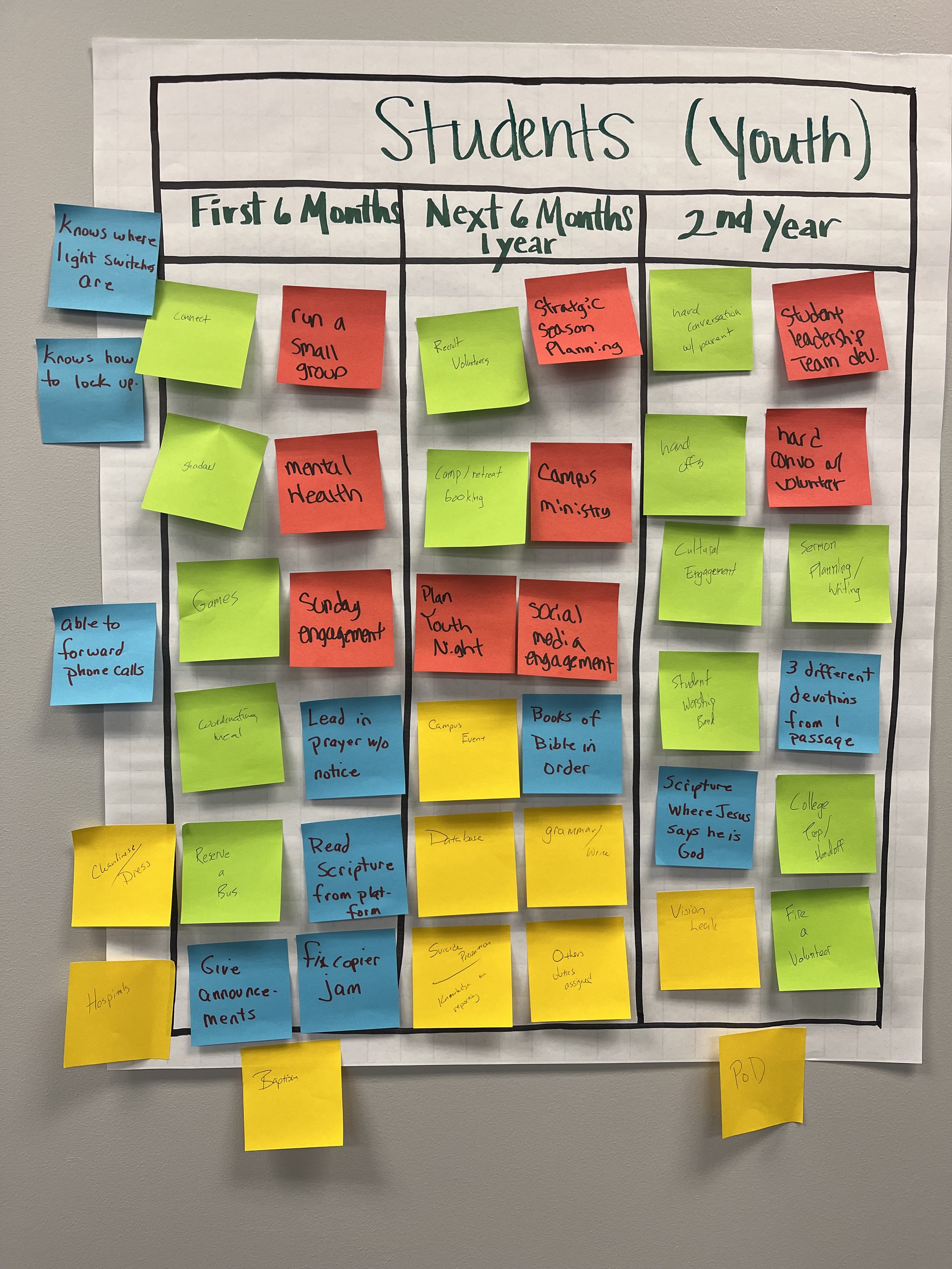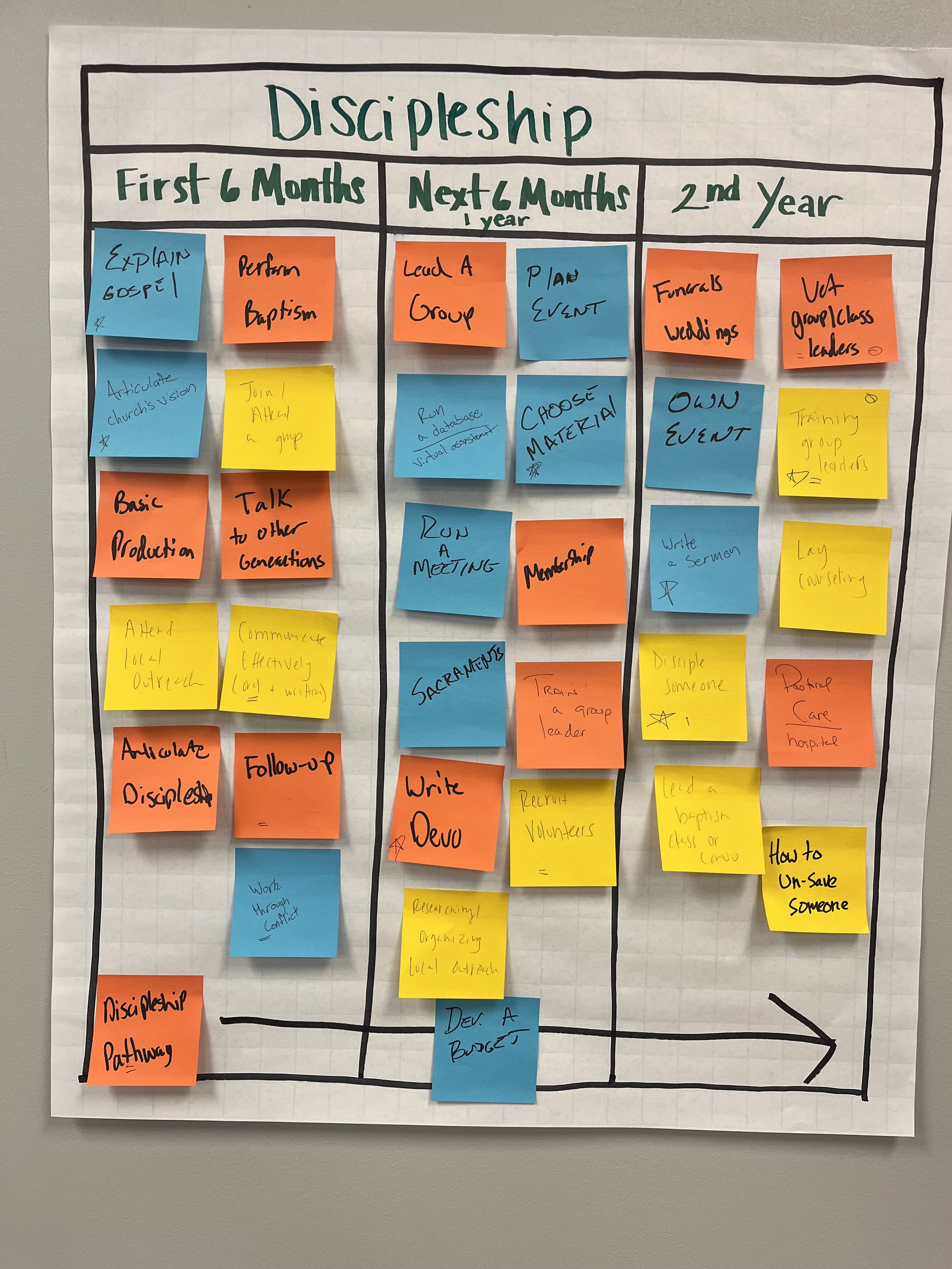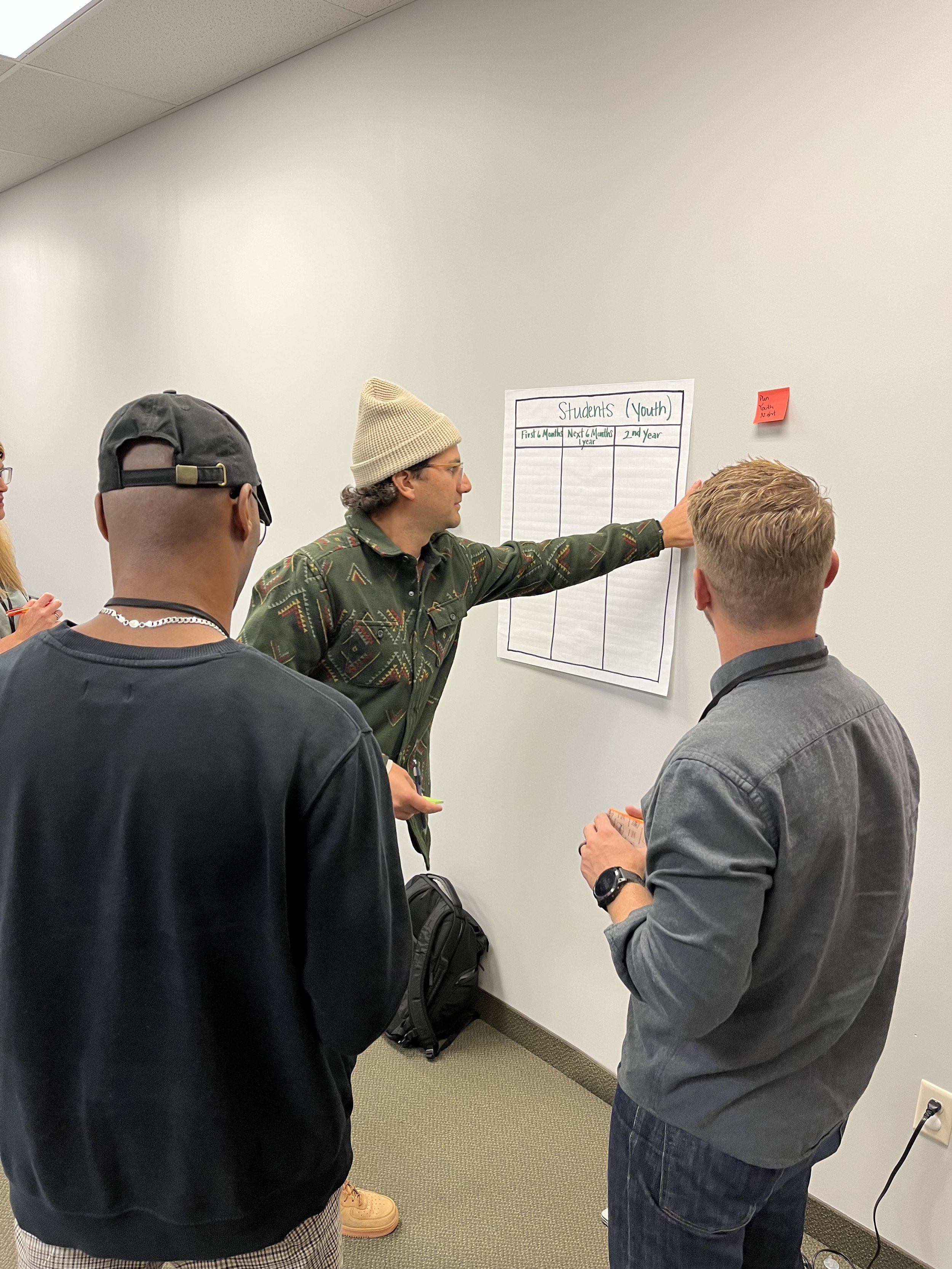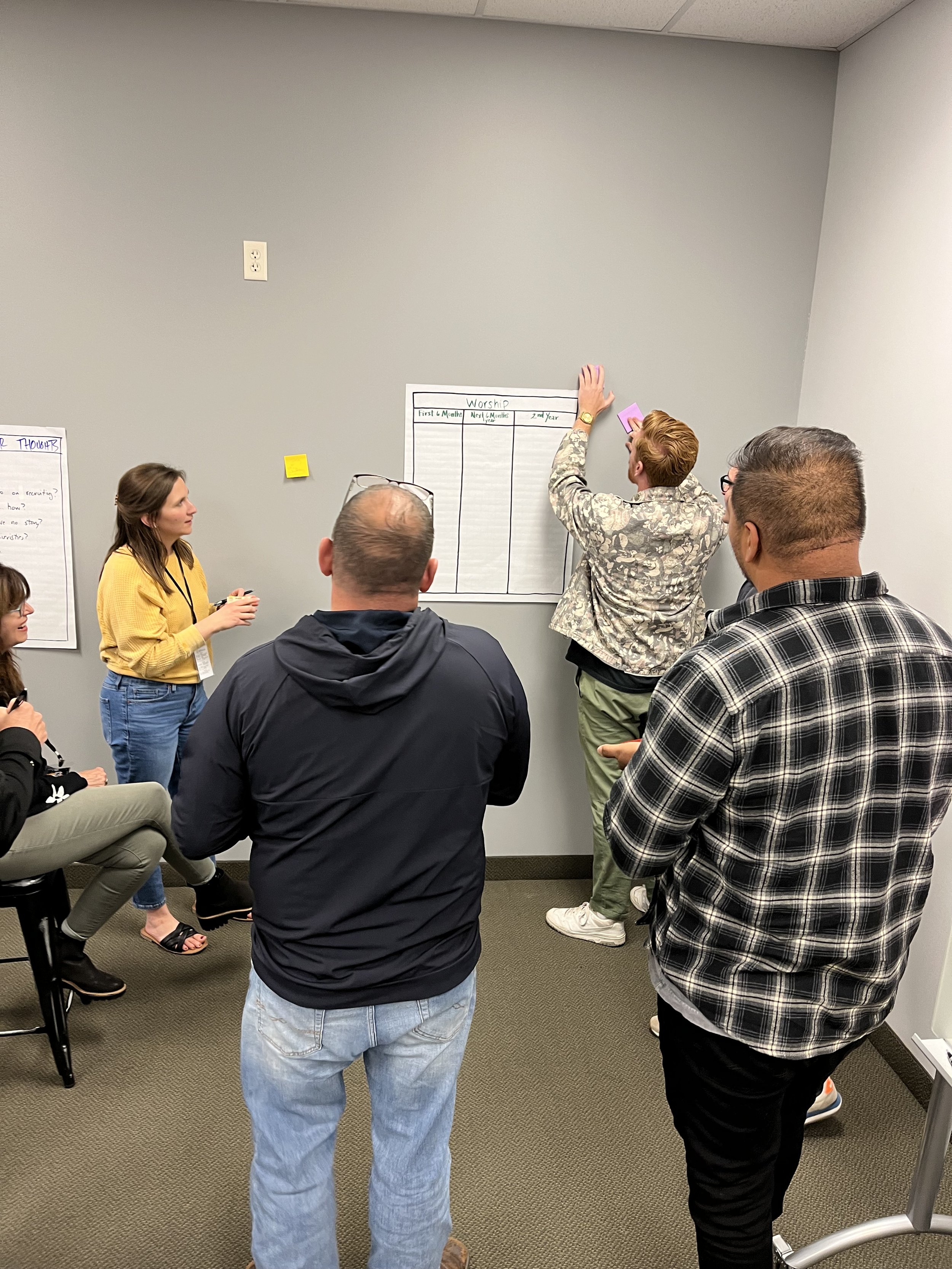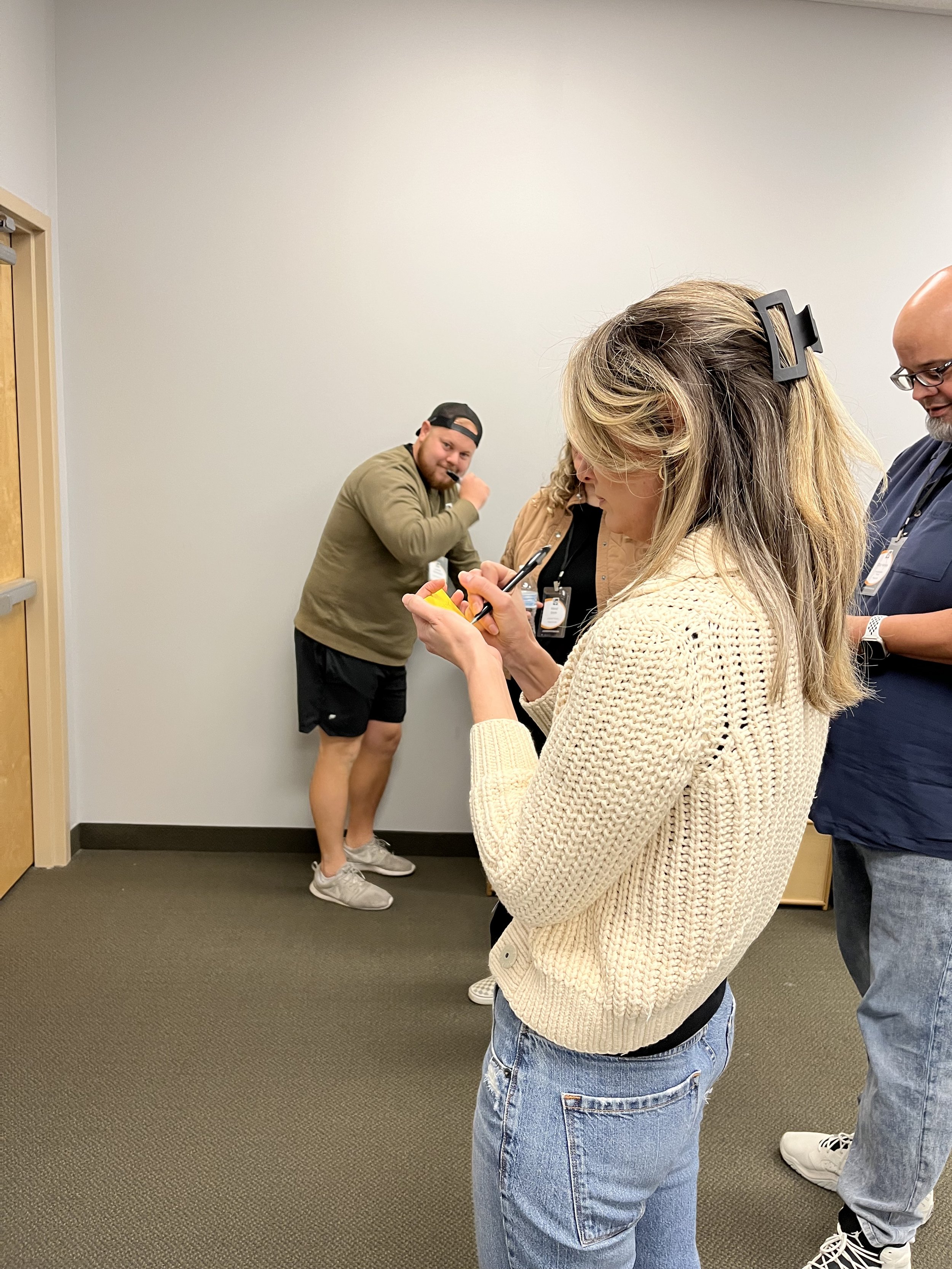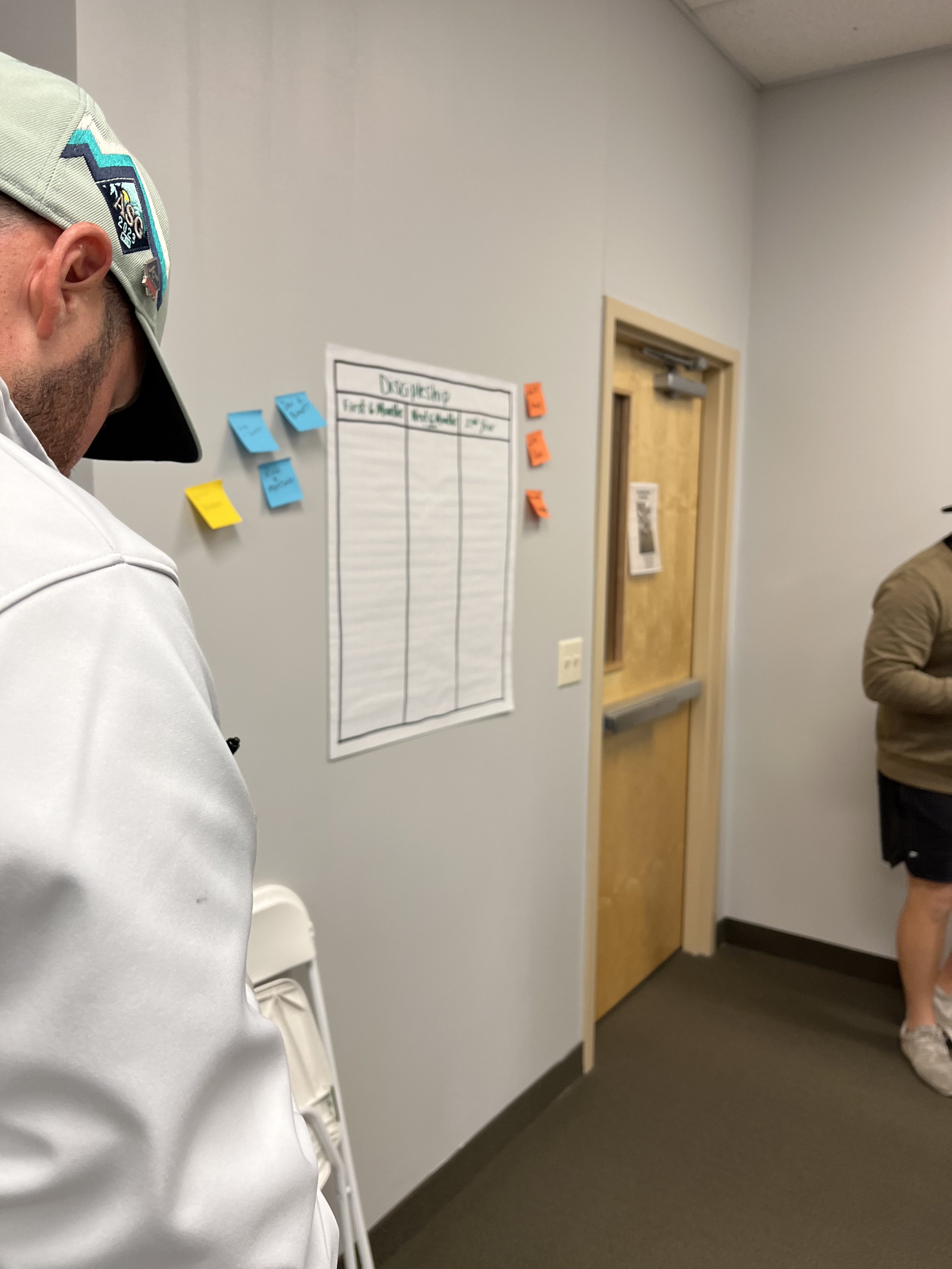What does a resident actually do?
by Kristin Milller, Director of Resident Development
Leadership Pathway helps churches architect a sustainable plan to tangibly develop their new church leaders via a two-year residency. Often when we begin this process with a new church, we are asked the question, “What does a resident actually do?” Likewise, “How will we fill a work week? Do we have enough work to offer?”
Our response is to first consider what is needed for their resident to ultimately chase after their job, experiencing and learning all that they know and do. Great leaders say to their resident, “Yes! Come after my job! Learn everything I do and do it even better.”
Leadership happens by doing. The progression that occurs within 2 years’ time allows for a context of two Easters, two Christmases, two summers, etc. and the improvement that can result over time with this intentionality in the moment. It provides brings clarity and reality to the theory of leadership taught in the classroom.
Of course, there are job descriptions like other employees have, but an effective exercise leaders can use to establish a scope and sequence of all the tasks and skills needed is the Residency Milestone Grid (pictured here).
Begin by dividing the columns into six-month increments: the first 6 months, months 7-12, and the 2nd year (months13-24). Brainstorm the individual skills a resident should acquire. This is especially beneficial to do together with other staff members on your team. Have them each write tasks on post-it notes. Afterward, together arrange the sequence of all of these skills as they build on each other.
As you’ll see in this example, a worship resident begins in the first six months with simple tasks like scheduling the team in Planning Center. This progresses to running auditions in the second column until eventually, before the completion of residency, there’s a task called “telling a person he/she isn’t gifted in worship.”
This grid is from a Lp Residency Masterclass held in Denver that was completed with the input from a mix of church leaders from across the country. Your local team could be much more specific and complete with a list as it relates to your ministry area at your church.
I do, you watch, we talk.
I do you help, we talk
You do, I help, we talk.
You do, I watch, we talk.
You do, someone else watches
This exercise tends to result in such a comprehensive list, that suddenly filling up to a 40-hour workweek is not the least bit difficult after all. In fact, it may actually feel more like the reverse—if only you’d have enough time to accomplish all that you need to do!
When we ask a leader, “Who’s the next you?” what we are really asking is who will you invest in to replicate what you know and do. Multiply your impact. Don’t limit your resident as a super volunteer; instead, elevate his or her capacity by being committed to help them competently lead your ministry area one day.

